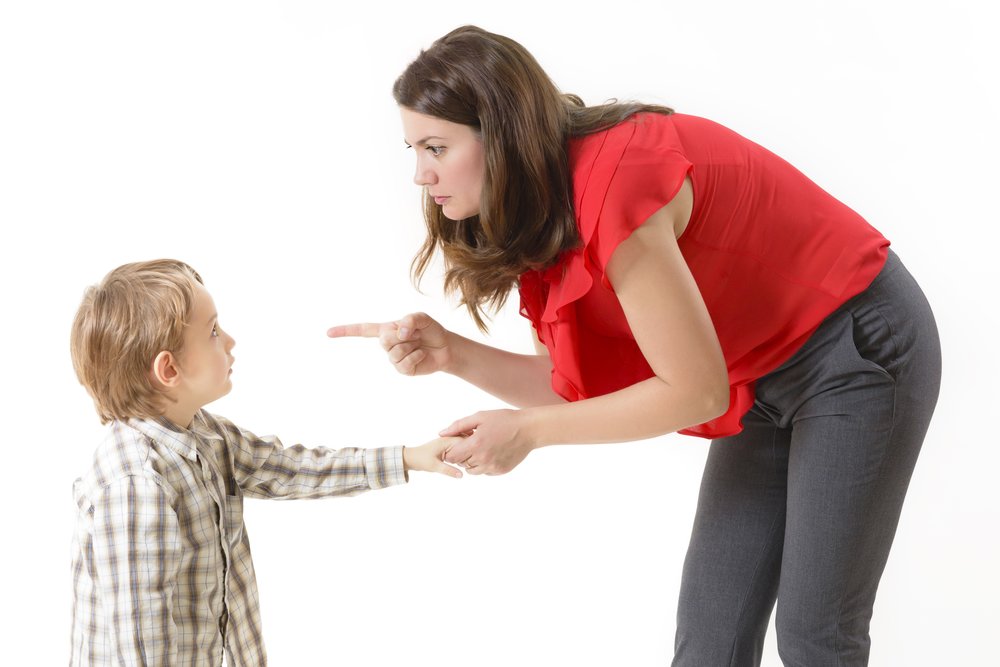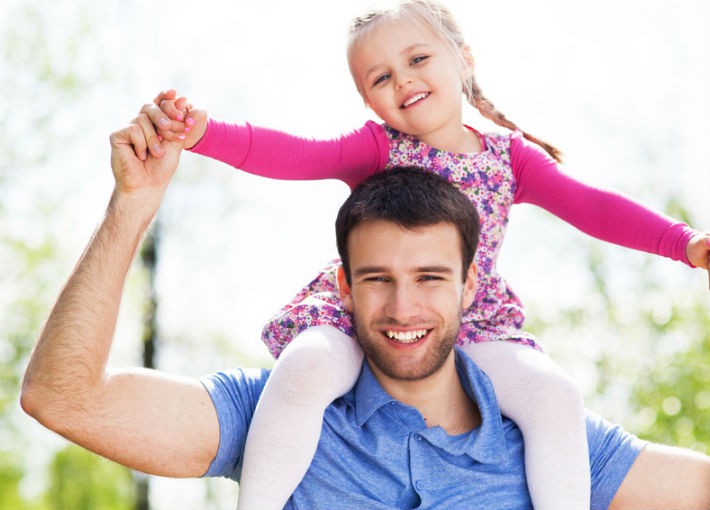Skin is the outermost covering of the body and also the largest organ. This does not just limit here. Keeping your skin healthy, well – nourished and protected is important for one’s well-being. Skin is also the reflection on inner well – being of a person and it is also one of the first organ to undergo damage in any case, especially among children. Children get into all kinds of mischief owing to their curiosity and knowing first – aid tips for each case scenario is a must for the parent. Let’s see the first aid for burns every new mom should know about.
Read More: 5 Essential Oils for Burn Relief in Kids
First Aid for Burns: 11 Tips Every Parent Should Know
Types of burns are classified based on their depth.
- First degree burn is superficial and damages only the outer layer of skin causing local inflammation – redness, pain and little swelling.
- Second degree burns go deep beneath the outer layer of skin and in addition to pain, redness, swelling they also cause blistering of the skin.
- Third degree burns lay further deeper destroying the layer of skin and also reaching the tissues underneath. As the nerves and blood vessels are damaged they cause the skin to appear white and leathery and are relatively painless.
Burns mature into the latter stages if proper intervention is not taken like first degree burns may progress into second degree burns and second degree burns into third degree burns.
Now you can understand what type of burn it is and the severity of the burn. You should remember the fact that skin is the organ acting as a barrier between the body and outer invading pathogens. Burns on the skins break the skin and these pathogens enter the body causing various infections. Thus, immediate intervention is required.
Read More: 11 Home Remedies for Treating Heart Burn During Early Pregnancy
Varieties of burns
Depending on the variety of burns various do’s and don’t’s have to be considered.
- Chemical burns can be due to certain chemicals and poisons. Immediate medical attention is required as this would interfere with the inside of the body.
- Electric burns too are to be brought to immediate medical attention.
- Due to hot, boiling liquids there would be scalding and this depends on the degree of temperature of the liquid and also for how long was the skin exposed to the liquid. Based on this the burns can be of either of the three degrees.
- Burns due to exposure to sun.
In addition to the depth of the burn the total surface area covered by the burn is also important.
Read More: 11 Home Remedies For Treating Scars In Kids
Treatment for first degree burns (minor burns)
First aid for first degree burns is relatively easier and your child can recover from the burn with sufficient healing time.
Do’s
- Soak the affected area in cool water for some time
- Use Aloe Vera gel or lidocaine or any other anesthetic to soothe the area
- Use an antibiotic ointment to protect the wound from any infections
- You can also loosely cover the wound with a gauze to protect from infections.
- Ibuprofen can be used to relieve pain
- Tetanus immunization should be administered.
Don’ts
- Don’t use ice as this can further worsen the wound by causing frostbite and damage to the skin.
- Don’t use cotton balls as the threads would stick to the wound and increase the chance for infection.
- Although butter is used for various remedies, do not apply it over the burn as it would slow the release of heat from the wound.
- Rings, bracelets and other constricting articles have to be removed as they may cut into the skin when inflammation occurs.
You can refer to the doctor if
- Burn blister is larger than two inches.
- Pain worsens.
- You see signs of infections such as fever, inflammation, etc.
- The burns are on the areas of the skin with flexion creases such as palm of the hand, back of the knee, groin region and face.
Read More: 11 Tips For Taking Care Of Your Kids Skin
Treatment for second and third degree burns (major burns )
Second degree burns are more serious as the damage extends beneath the top layers of the skin. Some blisters pop open giving the wet, oozy appearance. Over time there will be thick, scabby appearance. Scarring would generally not occur but the pigment of the skin changes from the rest of the skin. It generally heals in two or three weeks.
Don’ts
- Put out the fire or stop the contact of fire with the person.
- Help the person by following this to smother the flames, – stop, drop and roll.
- Remove constrictive materials such as rings, bracelets, etc immediately.
- Cool the burn by placing the wound under cool running water for 10 – 15 minutes.
- Cover loosely with sterile bandage or gauze to prevent infections.
- Apply antibiotics to prevent infections.
- Pain medications can be taken to relieve the pain.
- Prevent shocks by laying the person down and elevating the feet by 12 inches unless the head, neck or back is injured and begin CPR if necessary.
- Cover the person with a coat or a blanket.
Don’ts
- Never use butter or oil or any other greasy substances.
- Do not use cotton balls over the wound.
- Move the person unless necessary.
Conclusion
Burns are of three types – first, second and third – degree type. First degree burns can be usually treated at home and do not really require the need to visit the doctor. Second and third – degree burns have to be assessed by a doctor immediately. For the first aid of burns pour cool water over the burn, apply antibiotic cream and gauze to prevent infections. Do not apply ice or butter or any other questionable home remedies.
Read More: Contact Dermatitis in Babies: Symptoms, Causes and Treatment
References
https://www.medicinenet.com
https://medlineplus.gov/burns.html













